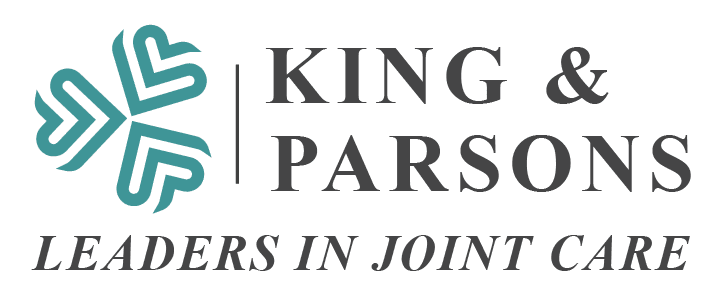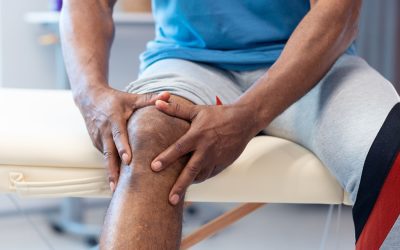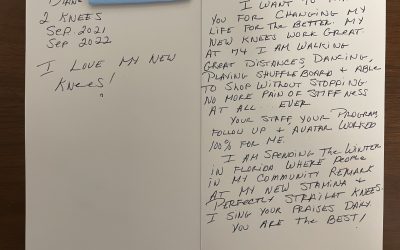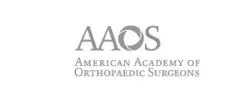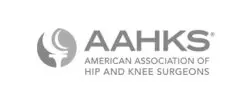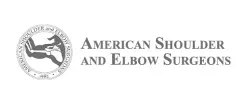Computer assisted surgery is not a new concept and was introduced for hip and knee replacement well over a decade ago. The concept was to leverage technology improve the accuracy of implant placement reduce outliers whereby implants are positioned outside of range deemed optimal for joint function and long-term implant stability. This technology has only recently become available for anatomic and reverse total shoulder replacement where its merits are particularly pertinent given the known association between implant malposition and earlier implant failure. It is well-established in the shoulder literature that if joint deformity that results from the arthritic wear process is not corrected back toward “native” or “neutral” alignment, there is a higher risk mid-term implant wear, loosening or fracture. All of these can result in the need for revision surgery which may have uncertain results.
What makes surgical navigation in the shoulder particularly compelling is that the anatomy is very difficult to see during the surgical procedure. The relationship between the socket surface, the axis of the shoulder blade and vault of bone available for implant fixation are impossible to see in 3 dimensions during the procedure without the aid of technology. Navigation acts like a GPS system, guiding surgeons in how to prepare the bone and where to position the implant to achieve proper deformity correction and maximally durable fixation. Essentially it provides the surgeon X-ray vision during the case to see anatomy that is otherwise completely obscured by soft tissue. Not only has Dr. Parsons been using this technology for a majority of shoulder replacements over the past 2 years, he participated in its design, development and validation. He also serves as a clinical instructor teaching other surgeons around the country how to use the GPS system. The picture shows how this navigation augments the surgeons view of the anatomy.
Studies have now proven that the GPS surgical navigation platform does result in statistically significant improvement in implant position compared to conventional surgical technique. When we can preoperatively plan each individual surgery using a virtual model of his/her unique anatomy, and then execute that plan with great accuracy, we are maximizing our chances for a good outcome and minimizing the risk of potential complications. This technology will continue to augment our ability as surgeons, and Dr. Parsons continues to participate in its development process. His research in this area has been presented at several national meetings and published in scientific journals.
To learn more about Dr. Moby Parsons here.
Find out more about what our previous patients are saying, here.
